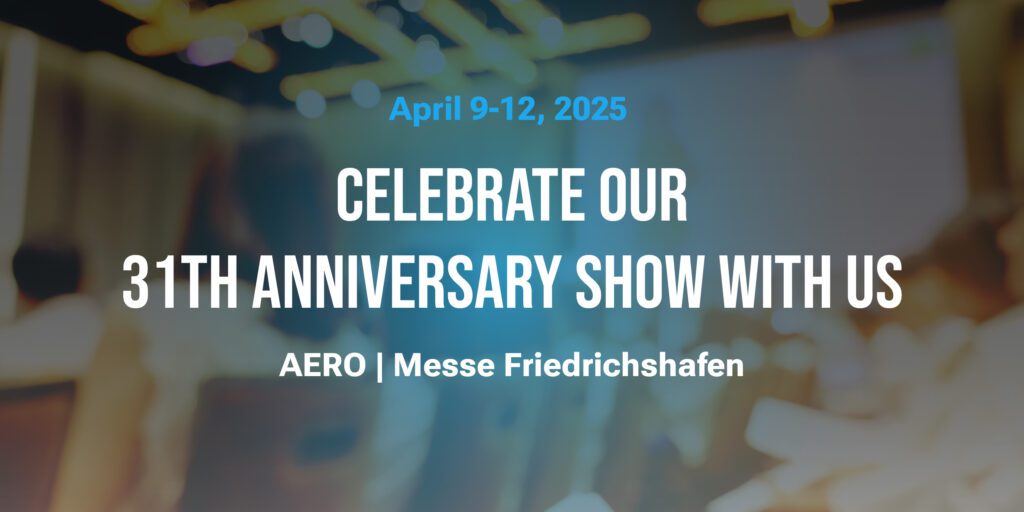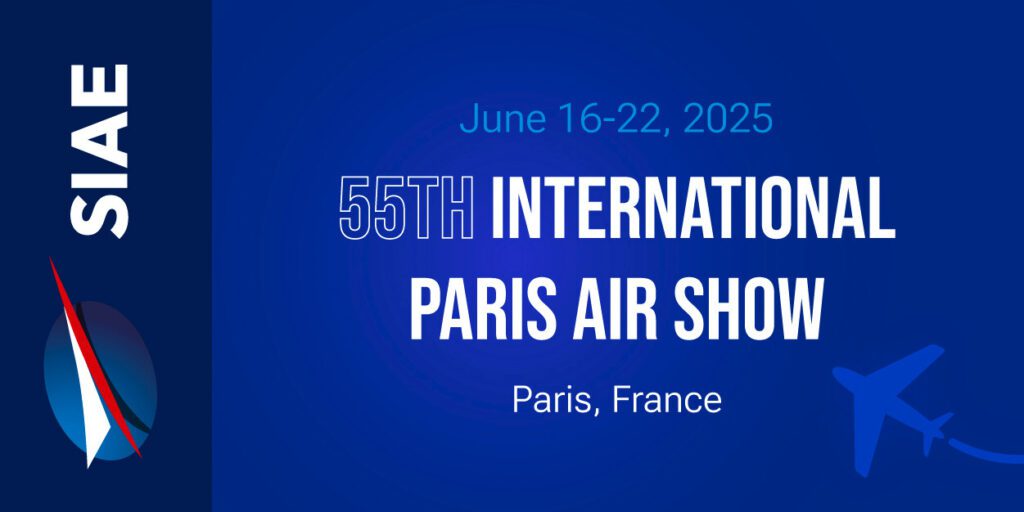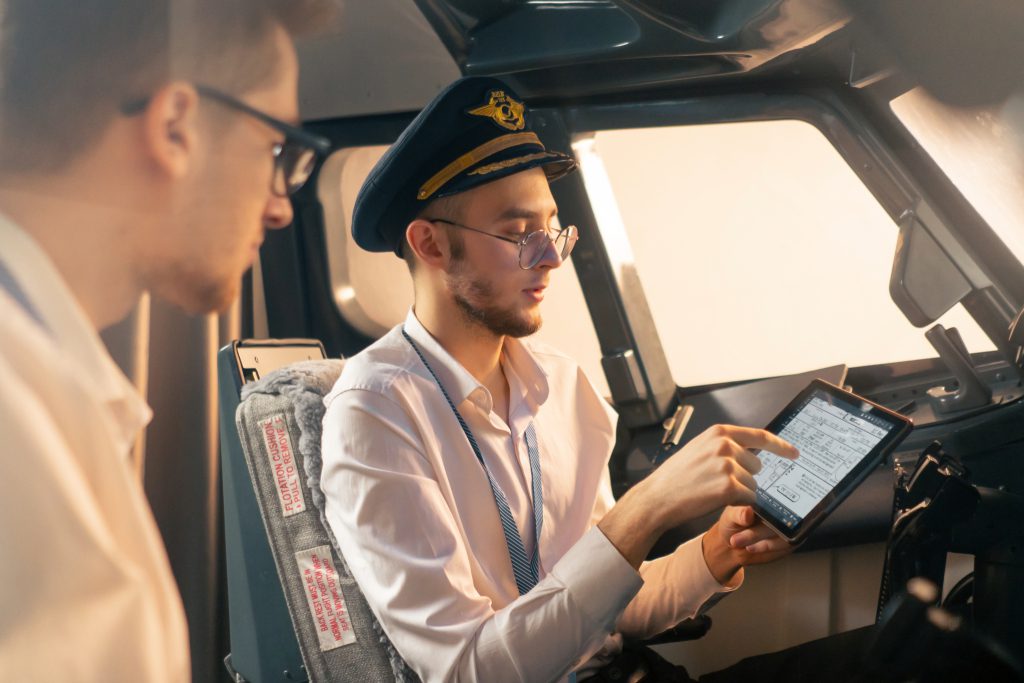Funding flight training can be difficult for most individuals due to the high cost of the training. However, there are few financing methods that can help resolve this issue. Other alternatives include the availability of federal funds, plans offered by schools, and financial contributions through work at flight schools.
Allowances, military benefits, and grants are also helpful since they are not usually repayable. This guide provides information on practical techniques and essential tools for obtaining the resources necessary in any plan to pursue a successful aviation career.
Ways in which the training may be financed
Credit Cards
0% introductory or low-interest credit cards can be useful for short-term financings as long as the issuer can pay back the credit card before the interest goes into effect. This can be a quick solution, but it requires a solid repayment plan.
Private Loans
In general, unsecured loans may be offered by financial institutions, such as banks, credit unions, or peer-to-peer lenders; nevertheless, these loans frequently have exorbitant interest rates. Sometimes family and friends may wish to lend money, but it is crucial to put everything in writing in order to safeguard both parties.
Aviation Specific Loans
It is not uncommon for AVA members to have more beneficial loan terms for flight students at AOPA or Pilot Financing Inc.
Lending on Federal hinges on Career Training
In the case where a flight school has a vocational certification, these loans are attached to variables that depend on the rate of the program.
School Financing and Payment Plans
Several flight schools provide scholarships, grants, or installment facilities but on a service by service basis. These financing plans are often competitive and hence, they are geared towards fewer applicants than national scholarships, and this allows them to be more flexible from the third parties.

Employment at their School:
There could be tuition discounts or even paying the tuition with work potential if you can work to a flight school itself. This can be a pragmatic approach to help pay off backing while getting contacts in the industry.
Parent Loans
Federal loans could be opened through an accredited flight degree program where the lenders are known to have fixed lower interest rates when compared to loaners of the private sector. This covers Perkins Loans, being Direct Loans which may be subsidized and available to those in need and unsubsidized which are available to all qualifying students.
Federal Grants
Applications through FAFSA may warrant the seeker’s attention to grants such as the Pell Grant which do not require payback.
Military Benefits and the Used Through GI Bill
A veteran who owns a private pilot license can further his education in aviation using his GI Bill benefits. Spouses and dependents also benefit through the primary GI Bill holder when they transfer benefits.

Scholarships
There are plenty of aviation scholarships and although they are a hustle to go after, they give avenues for free funding. Programs such as the FAA as well as the AOPA present a comprehensive list of scholarship opportunities, whereas some degree of diversity in focus is offered by other aviation institutions, which target for example women or minorities. Essays, recommendations, or proof of need are common requirements for scholarships, but they certainly are an important source of funding. In our next article, you can find an interesting story regarding the recent scholarships.
Additional Tips for Lowering Costs
To minimize expenditures, some activities are also suggested. For further information and concrete advice, Pilot Mall’s scholarships for aviation scholarships resources can be utilized.
Making it three or four times, meaning applying for numerous scholarship opportunities certainly boosts the chances of attaining funding, and a true interest in the placement’s specifics impresses the boards. Apply for these resources over and above and there will be quite a number of benefits to the sponsor that assist in lessening the cost of being a pilot.













